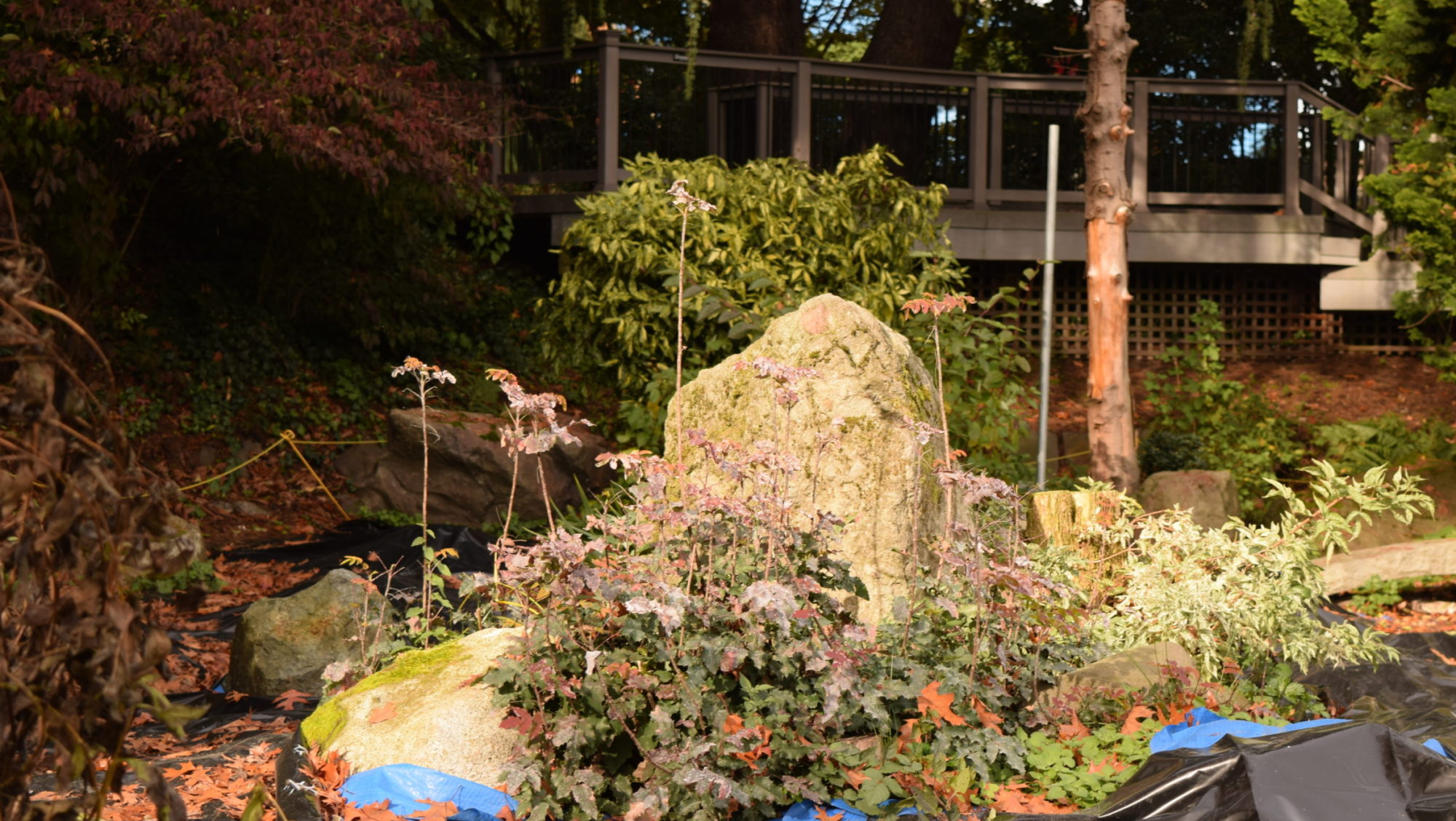
For nearly a decade, the Centers for Disease Control and Prevention (CDC) have promoted the Safe Water System (SWS) as a means of providing safe drinking water to people in developing countries. The program has been implemented in over 20 countries (including our project!) and serves millions of people per year. In essence, the SWS provides a way for people to disinfect their drinking water at the point-of-use (POU). This is done by producing and bottling chlorine on-location and then distributing it to those in the surrounding area. Chlorine is produced by adding non-iodized table salt (sodium chloride or NaCl) to water. This solution is then electrified by an electrode connected to a DC current. After approximately, 12 hours, the chlorine is ready for bottling and distribution. The bottles are typically sold at an affordable price and the proceeds can be used to sustain production over time. The chlorine is then added to sand-filtered drinking water prior to consumption.
During our trip to Mae Nam Khun, Thailand in August of 2008, we started the first SWS for the country. To do this, we purchased a chlorine generator from Brightspark (one of the recommended vendors from CDC’s SWS handbook). Brightspark shipped the $800 unit directly to Chiang Mai, Thailand via DHL Shipping and it was waiting for us when we arrived. In addition, we had brought 100, four ounce dropper bottles with us that we purchased from Specialty Bottle here in Seattle. (In the future, bottles will be supplied from an in-country resource.)
With supplies in-hand, SU senior Patrick Cummings, SU alumnus and Bangkok resident Akharint ‘Nok’ Khuhapinant (BS Civil Engineering, ’03) and Dr. Phillip Thompson visited the Mae Nam Khun Health Clinic which serves 20 hill-tribe villages and a total population of approximately 5000. The clinic director, Mr. Thitisok Nakalee could not have been more receptive to the SWS idea. His records for the past 8 months showed a total of 1358 visits by children between the ages of 7 and 18, many of which were diarrhea-related illness. He quickly understood the operation of the unit and the procedure for testing the chlorine concentration which uses paper strips similar to pH paper. (For the batch of chlorine that we made, a user would add 40 drops of the solution to a liter of sand-filtered water, wait 30 minutes and consume).
He told us that he planned to gather the leaders of the 20 villages and his 59 health workers to discuss the SWS program. For now, the chlorine would be free to all, but he thought that 10 baht (approximately 30 cents US) would be a reasonable price for the two-month supply. While this was a first step for the program, we are excited about the idea of promoting safe water and safe water education throughout this part of Thailand.

